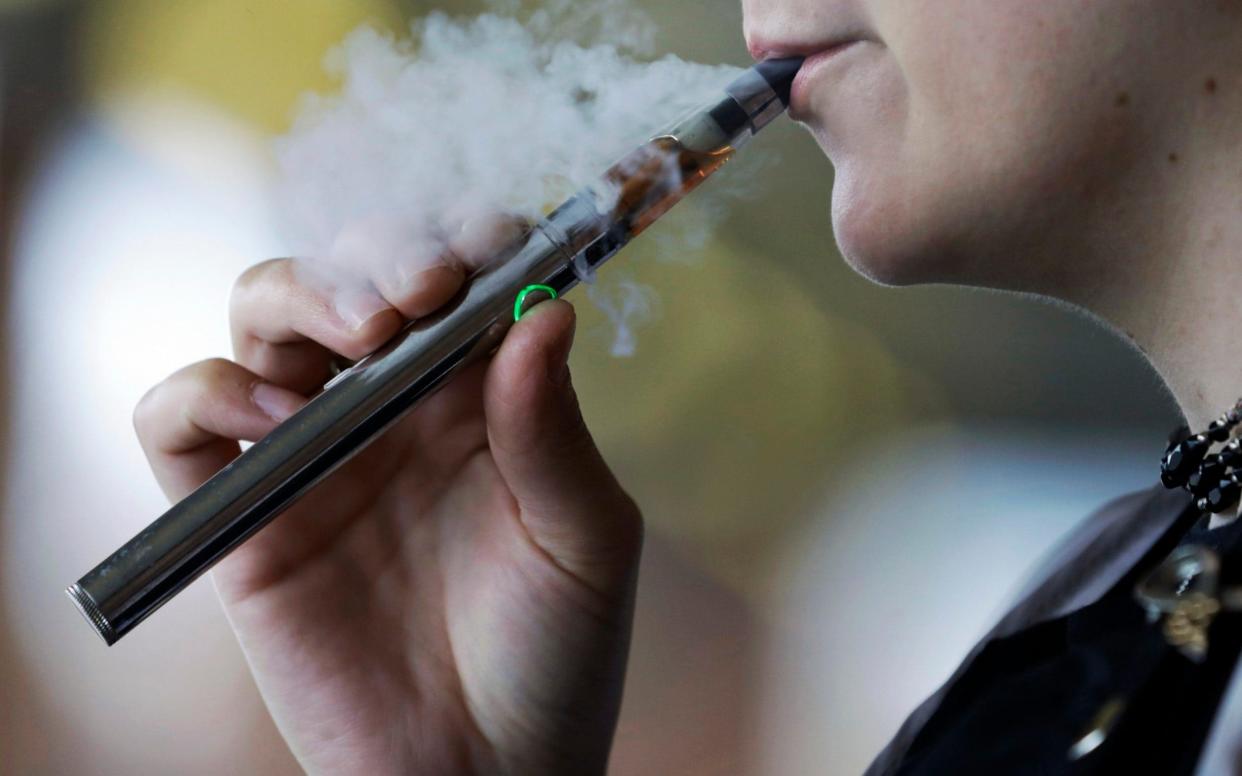Vaping makes teenagers more likely to smoke even if they vowed never to adopt the habit, study finds

Teenagers who vape are four times more likely to go on to take up smoking even if they insisted that they never would, a study has found.
Electronic cigarettes - also known as vapes - are more likely to act as a gateway to classic smoking, according to researchers from the Children’s National Hospital in Washington DC.
The authors of the report found people who used e-cigarettes but had no intention to smoke cigarettes were 4.62 times more likely to go on to smoke than those who did not vape.
Almost 10 per cent of e-cigarette users who, during the second phase of the study, had intended not to smoke tobacco went on to smoke regardless of this during the third phase.
By contrast, only 1.5 per cent of non-smokers who did not use e-cigarettes in phase two of the study ended up smoking in phase three.
Teenagers who used e-cigarettes received an introduction to “smoking-related behaviours [and] peers who use tobacco products”, meaning that they were more likely to use tobacco “without previous smoking intention”, according to the study.
“Research is showing us that adolescent e-cigarette users who progress to cigarette smoking are not simply those who would have ended up smoking cigarettes anyway,” said Dr Olusegun Owotomo, its lead author.
“Our study shows that e-cigarettes can predispose adolescents to cigarette smoking, even when they have no prior intentions to do so.”
The research, which was published in the December edition of the journal Paediatrics, used data on 8,000 American teenagers between the ages of 12 and 17 who had never smoked at its outset.
A major Public Health England (PHE) study in 2017, which covered a similar age group, found no evidence that vaping acts as a gateway to a smoking habit.
E-cigarette use was “highly concentrated” among teenagers who had already taken up smoking, researchers concluded at the time.
The most recent report on vaping from PHE, which was released in March, noted that nicotine vaping products “have continued to evolve”.
Between May 2016 and January 2020, the Medicines and Healthcare products Regulatory Agency received 84 reports of 245 adverse reactions thought to have been associated with vaping products containing nicotine.
In the UK there are now more than 3.6 million people who vape, which is around half the number who use traditional tobacco cigarettes. Smoking has been attributed to the deaths of 80,000 Britons per year.

